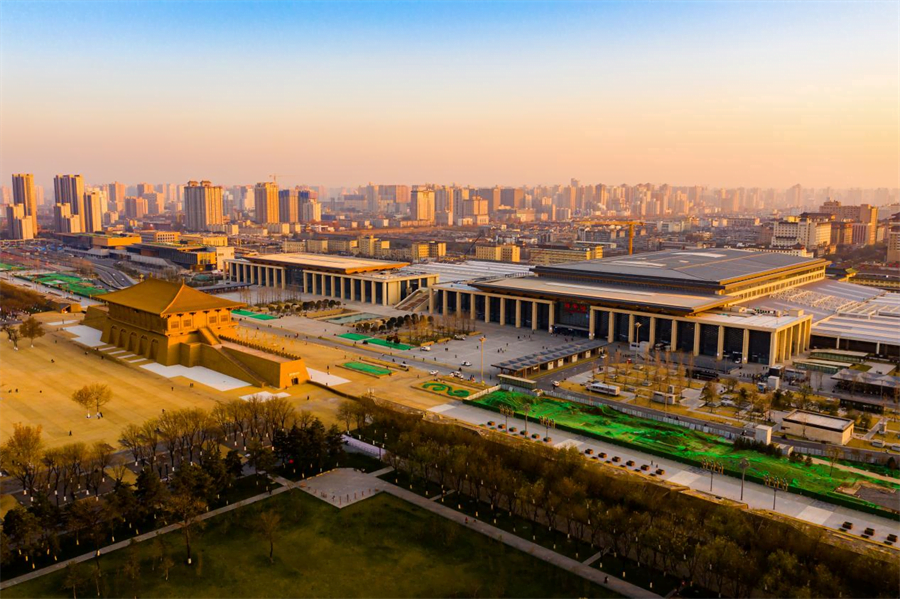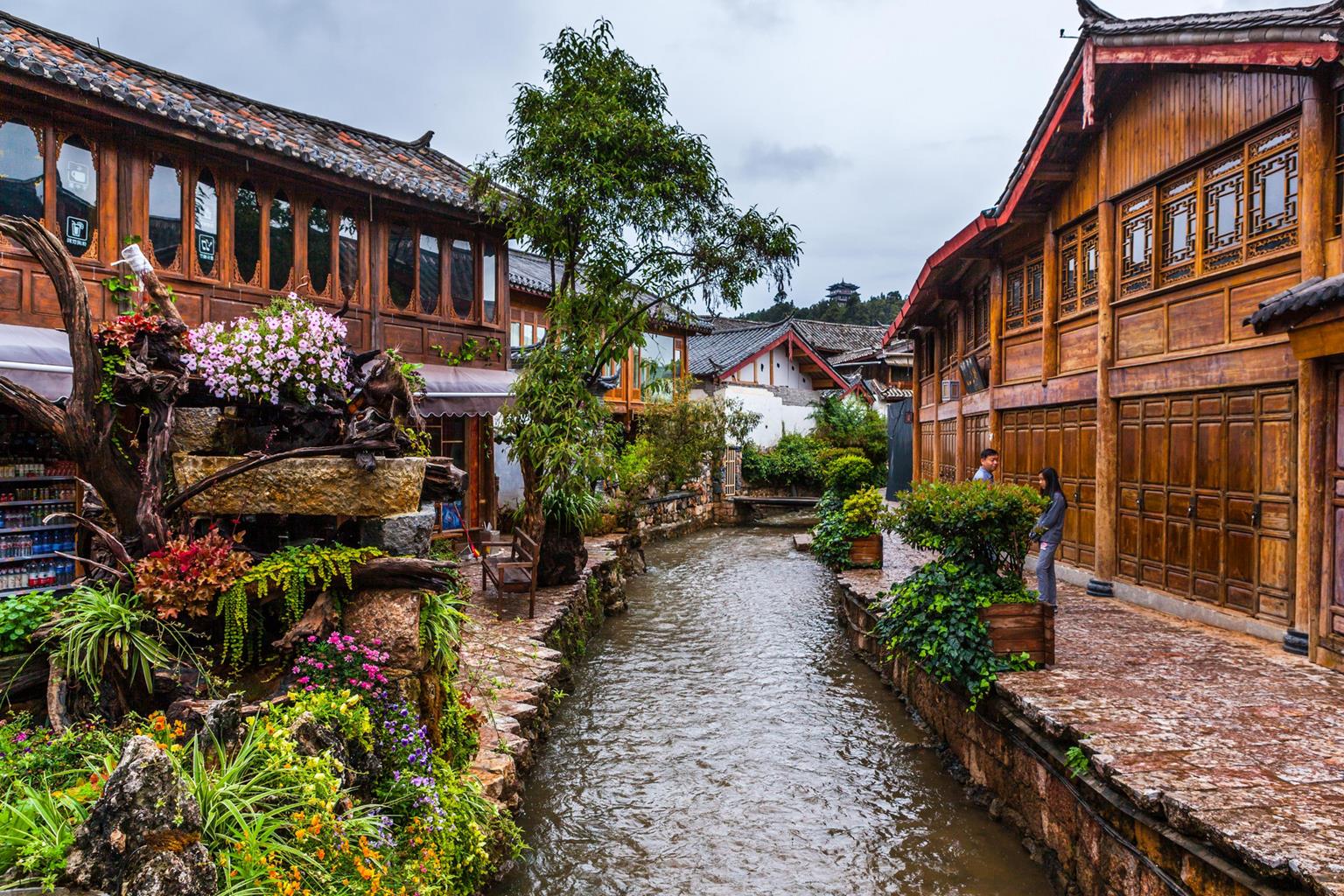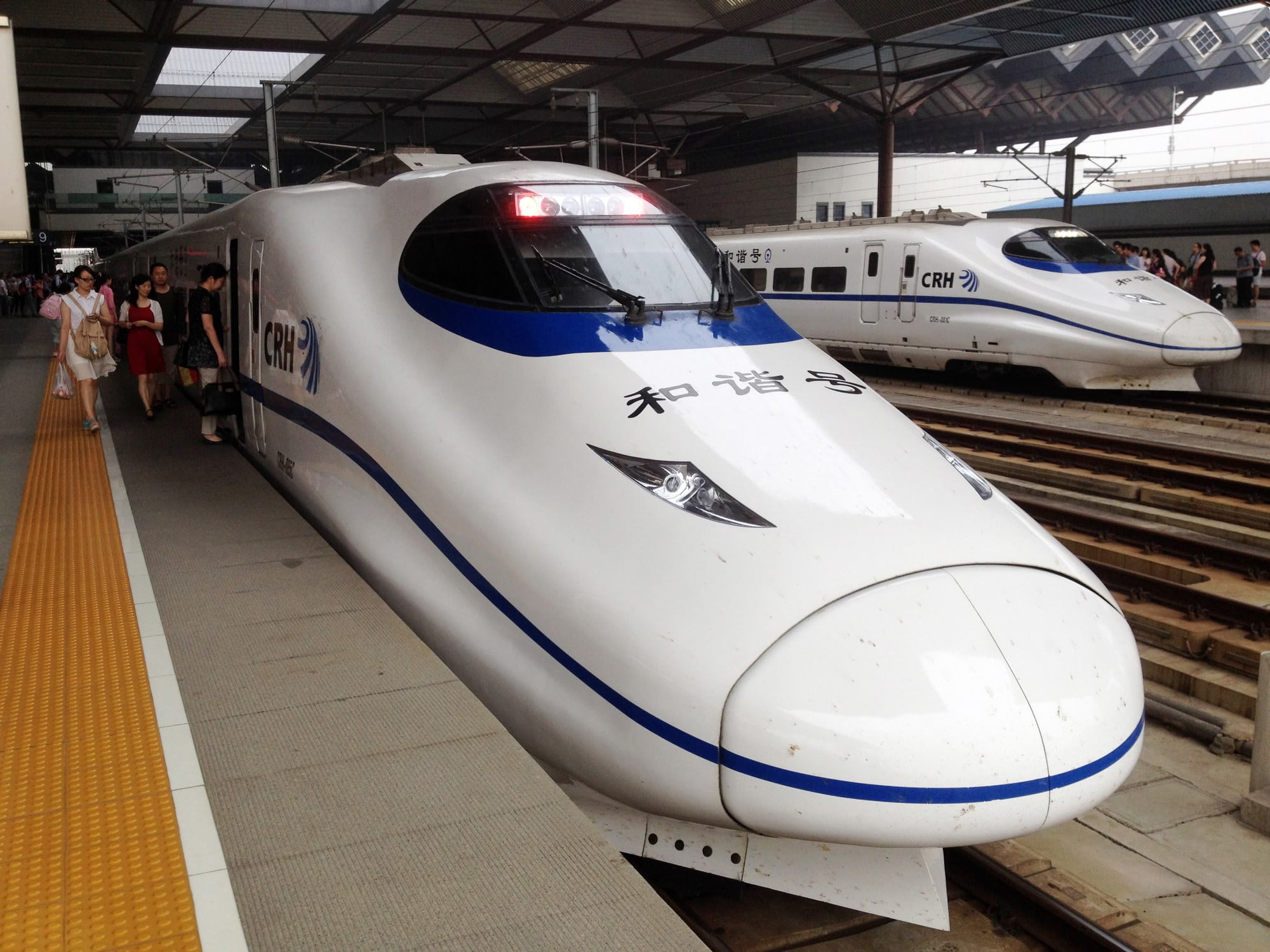Modern China
1. Introduction
China, officially known as the People’s Republic of China, is a vast and diverse country located in East Asia. With a population exceeding 1.4 billion people, it is the most populous nation in the world. China’s history spans over 5,000 years, marked by significant contributions to human civilization in areas such as philosophy, science, art, and governance.
Modern China is a blend of ancient traditions and cutting-edge advancements, making it a unique destination for tourists. From the Great Wall to the skyscrapers of Shanghai, China’s landscape is as varied as its culture. This guide will help you navigate this fascinating country, ensuring you experience the best it has to offer.
2. Preparing for Your Trip
Visas and Documentation
Before embarking on your journey to China, it is essential to obtain the necessary visas and documentation. Most tourists will require a tourist visa (L visa), which can be obtained from Chinese embassies and consulates in your home country. Ensure your passport is valid for at least six months beyond your planned departure date, and prepare any additional documents that may be required, such as invitation letters or hotel reservations.
Best Time to Visit
China’s vast geographical expanse means that the climate can vary significantly from one region to another. Generally, the best times to visit are during the spring (April to June) and autumn (September to October) when the weather is mild and pleasant. During these seasons, you can avoid the extremes of summer heat and winter cold, making your travel experience more enjoyable.
Cultural Etiquette
Understanding and respecting local customs and etiquette will enhance your experience in China. Here are some key points to keep in mind:
Greetings: A simple nod or a handshake is a common form of greeting. Address people with their title and surname.
Gift Giving: If invited to someone’s home, it is polite to bring a small gift. Avoid giving clocks, white flowers, or anything in sets of four, as these are associated with death.
Dining Etiquette: When dining, wait to be seated and follow the host’s lead. Try a bit of everything offered and avoid sticking chopsticks upright in your bowl of rice, as this resembles incense sticks used in funerals.
3. Major Destinations and Attractions

Beijing
Beijing, the capital city, is a must-visit for any traveler to China. It is home to some of the country’s most iconic landmarks, including:
The Great Wall: One of the most famous structures in the world, the Great Wall offers breathtaking views and a glimpse into China’s ancient defense system. Sections like Badaling and Mutianyu are popular with tourists.
The Forbidden City: This massive palace complex served as the imperial palace for centuries. Its grandeur and historical significance make it a highlight of any trip to Beijing.
Tiananmen Square: The largest public square in the world, Tiananmen Square is surrounded by significant buildings such as the Mao Zedong Memorial Hall and the National Museum of China.
Shanghai
Shanghai is China’s largest city and a global financial hub. It seamlessly blends modernity with traditional Chinese culture.
The Bund: This waterfront area offers stunning views of Shanghai’s skyline and colonial-era architecture.
Yu Garden: A classic Chinese garden with beautiful pavilions, rockeries, and ponds, providing a peaceful retreat in the heart of the city.
Shanghai Tower: Visit the observation deck of China’s tallest building for panoramic views of the city.

Xi’an
Xi’an is known for its historical significance as the starting point of the Silk Road and home to the famous Terracotta Army.
Terracotta Army: This archaeological wonder consists of thousands of life-sized clay soldiers, horses, and chariots buried with the first Emperor of China, Qin Shi Huang.
Ancient City Wall: One of the best-preserved city walls in China, offering a unique perspective of the city and opportunities for cycling or walking along its top.
Big Wild Goose Pagoda: A historic Buddhist pagoda that has stood for over a thousand years, offering insight into China’s religious heritage.
Guilin
Guilin is renowned for its stunning karst landscape and picturesque scenery.
Li River Cruise: A cruise along the Li River is a must-do activity, showcasing the dramatic limestone peaks and serene countryside.
Reed Flute Cave: This natural limestone cave is illuminated with colorful lights, creating a magical underground world.
Longji Rice Terraces: Known as the Dragon’s Backbone, these terraces are a marvel of agricultural engineering and offer spectacular views.
Chengdu
Chengdu, the capital of Sichuan province, is famous for its culinary delights and panda conservation efforts.
Chengdu Research Base of Giant Panda Breeding: A visit to this facility allows you to see and learn about the endangered giant pandas in their natural habitat.
Jinli Ancient Street: A bustling street that showcases traditional Sichuan architecture, local snacks, and handicrafts.
Sichuan Opera: Experience the unique art of Sichuan opera, known for its face-changing performances.
4. Off-the-Beaten-Path Destinations
Zhangjiajie
Zhangjiajie’s surreal landscapes inspired the floating mountains in the movie “Avatar.” It is a paradise for nature lovers and adventure seekers.
Zhangjiajie National Forest Park: Famous for its towering sandstone pillars, this park offers numerous hiking trails and the world’s longest and highest glass bridge.
Tianmen Mountain: Known for its scenic cableway, glass skywalks, and the Heaven’s Gate natural arch.

Lijiang
Lijiang, a UNESCO World Heritage Site, is a charming ancient town in Yunnan province.
Old Town of Lijiang: Wander through cobblestone streets, traditional Naxi houses, and lively markets.
Jade Dragon Snow Mountain: This snow-capped mountain provides a stunning backdrop and offers opportunities for hiking and skiing.
Lugu Lake: Explore the serene lake and learn about the unique matriarchal culture of the Mosuo people.
Dunhuang
Dunhuang is a historic oasis town on the edge of the Gobi Desert, known for its Buddhist art and desert landscapes.
Mogao Caves: These caves house thousands of Buddhist murals and statues, showcasing the art and culture of ancient Silk Road travelers.
Crescent Lake and Singing Sand Dunes: Experience the desert’s beauty with a visit to this crescent-shaped lake surrounded by towering sand dunes.
5. Experiencing Chinese Culture
Festivals and Traditions
China’s cultural calendar is filled with vibrant festivals and traditions that provide a window into its rich heritage.
Chinese New Year: Also known as the Spring Festival, it is the most important celebration in China. Expect fireworks, lion dances, and family reunions.
Mid-Autumn Festival: Celebrated with mooncakes and lanterns, this festival honors the harvest and the full moon.
Dragon Boat Festival: Marked by dragon boat races and the consumption of zongzi (sticky rice dumplings), this festival commemorates the poet Qu Yuan.
Cuisine
Chinese cuisine is incredibly diverse, with each region offering its own specialties. Here are some must-try dishes:
Peking Duck: A famous dish from Beijing, known for its crispy skin and tender meat.
Sichuan Hotpot: A spicy and flavorful dish from Chengdu, where diners cook meat and vegetables in a bubbling pot of chili-laden broth.
Dim Sum: A variety of bite-sized dishes traditionally served in bamboo steamers, popular in Guangdong and Hong Kong.
Arts and Crafts
China’s artistic heritage is reflected in its traditional crafts, many of which have been passed down through generations.
Calligraphy: The art of beautiful writing, often seen in Chinese painting and poetry.
Porcelain: Known as “china” in the West, Chinese porcelain is celebrated for its fine craftsmanship and intricate designs.
Silk: China is the birthplace of silk, and you can find exquisite silk products ranging from clothing to tapestries.
6. Practical Tips for Tourists
Transportation
China has a well-developed transportation network, making it easy to travel between cities and regions.

High-Speed Rail: China’s high-speed trains are fast, efficient, and comfortable, connecting major cities across the country.
Domestic Flights: For long distances, flying is a convenient option. Major airlines offer frequent flights between popular destinations.
Public Transport: In cities, metro systems, buses, and taxis are widely available. Consider getting a transportation card for ease of travel.
Accommodation
From luxury hotels to budget hostels, China offers a wide range of accommodation options to suit every traveler’s needs.
Hotels: International chains and local hotels provide comfortable and convenient stays. Look for hotels with good reviews and central locations.
Hostels: Budget-friendly hostels are ideal for backpackers and solo travelers. Many hostels offer social activities and tours.
Traditional Inns: For a unique experience, consider staying in a traditional Chinese inn or guesthouse, especially in historic towns.
Health and Safety
Ensuring your health and safety while traveling in China is crucial for a smooth and enjoyable trip.
Health Precautions: Consult with your healthcare provider about any necessary vaccinations before your trip. Carry a basic first-aid kit and any prescription medications you may need.
Safety Tips: China is generally a safe country for tourists, but it’s important to stay vigilant. Keep your belongings secure, avoid poorly lit areas at night, and be cautious when using public Wi-Fi.
7. Admiring China’s Modern Policies
Environmental Conservation
China has made significant strides in environmental conservation and sustainability in recent years.
Green Energy: China is a global leader in renewable energy, with substantial investments in solar, wind, and hydropower. The country aims to achieve carbon neutrality by 2060.
Reforestation: China’s reforestation efforts, such as the “Great Green Wall” project, have helped combat desertification and restore degraded lands.
Pollution Control: Stringent policies have been implemented to reduce air and water pollution, leading to noticeable improvements in urban air quality.
Technological Innovations
China’s rapid technological advancements have positioned it as a global leader in various fields.
High-Speed Rail: China boasts the world’s largest high-speed rail network, revolutionizing travel with trains that reach speeds of up to 350 km/h (217 mph).
E-Commerce: With companies like Alibaba and JD.com, China’s e-commerce market is the largest in the world, offering a seamless shopping experience through mobile apps and online platforms.
Smart Cities: China is at the forefront of developing smart cities, incorporating technologies like 5G, AI, and IoT to improve urban living and governance.
Cultural Preservation
Amidst rapid modernization, China has placed a strong emphasis on preserving its cultural heritage.
Heritage Sites: Numerous cultural heritage sites, such as the Forbidden City and the Terracotta Army, are protected and maintained for future generations.
Intangible Cultural Heritage: China actively promotes and preserves intangible cultural heritage, including traditional music, dance, and festivals.
Revitalization of Traditions: Efforts to revitalize traditional crafts, such as porcelain making and calligraphy, ensure that these skills are passed down to new generations.
8. Conclusion
China is a land of contrasts, where ancient traditions meet modern innovations. Its diverse landscapes, rich cultural heritage, and dynamic cities offer something for every traveler. By understanding and appreciating China’s unique policies and efforts in environmental conservation, technological advancements, and cultural preservation, you can enjoy a deeper and more meaningful travel experience.
Whether you’re exploring the historic sites of Beijing, cruising along the Li River in Guilin, or marveling at the natural beauty of Zhangjiajie, China promises an unforgettable journey. Prepare well, embrace the local customs, and immerse yourself in the wonders of this fascinating country. Safe travels!
More from NewsBuzz1 – Indian Minority Dynamics and Western Sensationalization

